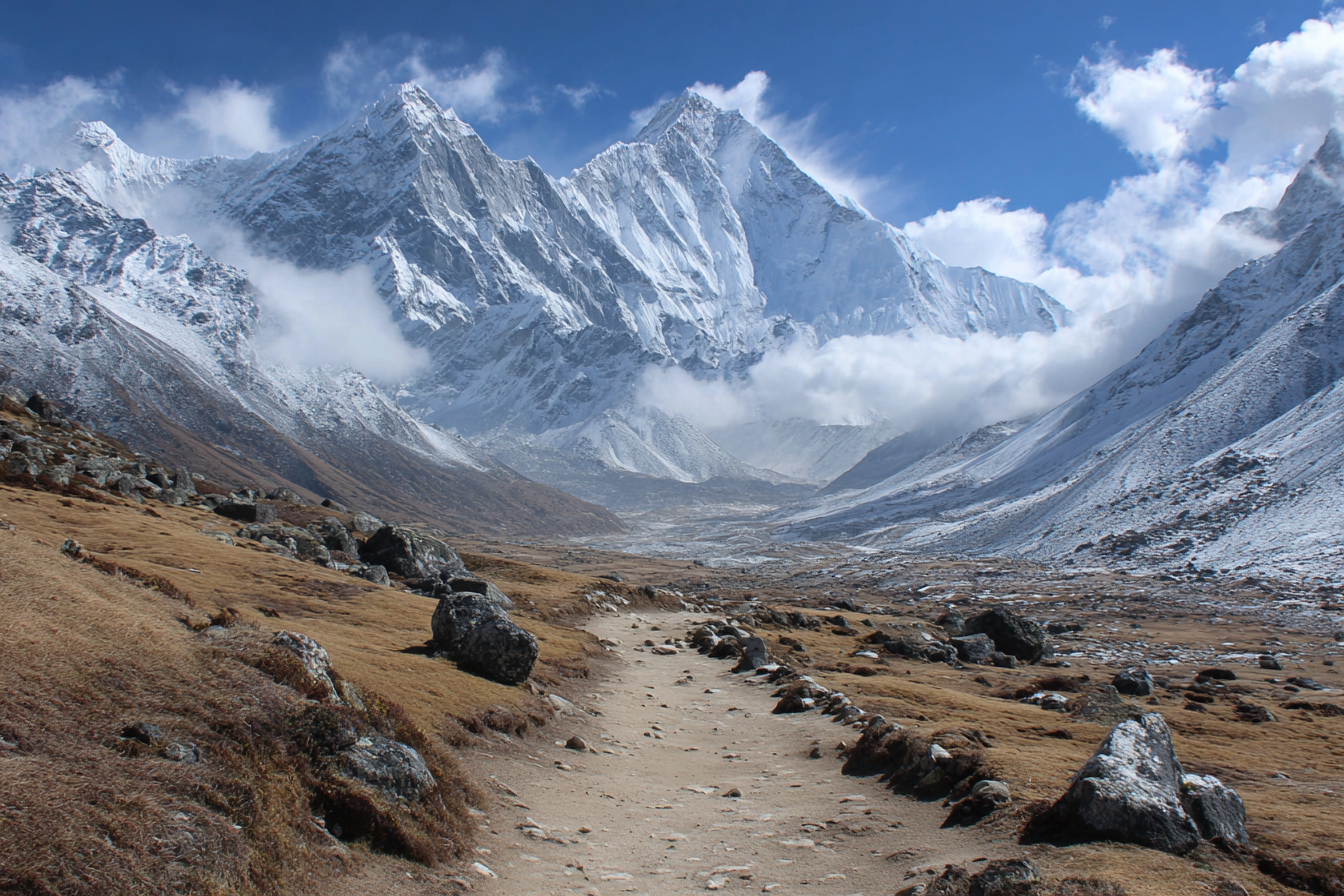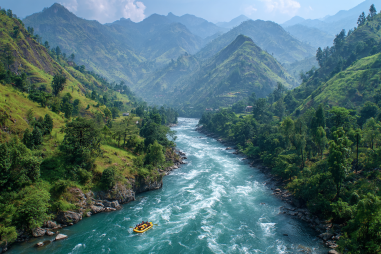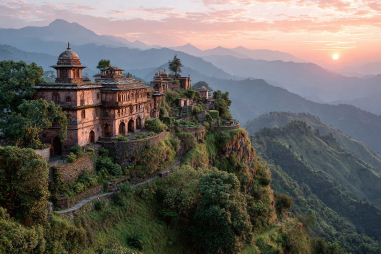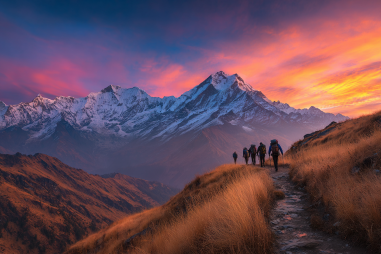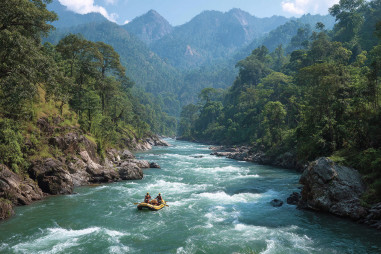Embarking on the trek to Everest Base Camp is a dream for many adventure lovers and mountaineers around the world. However, understanding the weather conditions is crucial to ensure a safe and enjoyable trek. The climate around Everest Base Camp drastically changes through the seasons, bringing a unique set of challenges and breathtaking wonders. In this article, we’ll explore the typical weather patterns you can expect throughout the year and offer tips to help you prepare for sudden changes and hazards that may arise in this extraordinary mountain environment.
Overview of Seasonal Weather Changes
The weather at Everest Base Camp is defined by distinct seasonal variations, influenced heavily by its high altitude and the monsoon system. Broadly, the year can be divided into four main seasons: spring, summer (monsoon), autumn, and winter. Each season offers a different trekking experience, accompanied by changes in precipitation, temperature, and overall trail conditions.
Spring (March to May) is considered one of the best times to visit. The weather gradually warms up, snow begins melting, and trails become more accessible. Rhododendron forests bloom along the lower trail sections, creating vibrant scenic landscapes.
Summer or Monsoon Season (June to August) brings heavy rainfall to the region. While the lower mountainous areas are lush and green, trekking during this season is less popular due to slippery trails, leeches, and increased risks of landslides and avalanches.
Autumn (September to November) is another ideal trekking period. Post-monsoon clear skies offer some of the best panoramic mountain views with stable weather, making this the busiest and most favored season for Everest Base Camp treks.
Winter (December to February) is characterized by freezing temperatures and limited daylight hours. Snowfall can lead to trail closures, and conditions are harsh, but the region is much quieter, offering solitude to those prepared for the cold.
Temperature Ranges by Month
Temperatures at Everest Base Camp vary substantially from month to month and between day and night. Understanding these ranges can help with packing and planning your trek itinerary.
- March to May (Spring): Daytime temperatures hover around 5°C to 15°C (41°F to 59°F), but nights can drop below freezing, often around -5°C to -10°C (23°F to 14°F).
- June to August (Monsoon): Daytime temperatures are relatively mild, ranging from 10°C to 16°C (50°F to 61°F), but humidity is high and nighttime temperatures remain chilly at around 0°C to 5°C (32°F to 41°F).
- September to November (Autumn): This season sees comfortable days between 8°C and 14°C (46°F to 57°F), and nights similar to spring, dropping to -5°C or lower.
- December to February (Winter): Extremely cold conditions prevail, with daytime highs rarely exceeding 0°C (32°F) and nighttime plunge often below -15°C to -20°C (5°F to -4°F), making proper cold-weather gear essential.
Impact of Monsoon and Snowfall
The monsoon season has a significant impact on trekking conditions. From June through August, heavy rainfall saturates the trails, increasing the chance of landslides and trail erosion. The abundant moisture also increases the presence of leeches and mosquitoes at lower elevations, though these are less common near Base Camp itself.
Snowfall is most common during winter months and sometimes in early spring and late autumn. Fresh snow dusting adds beauty but can make paths slippery and hazardous. In heavier snowfall years, some parts of the trail may become impassable or require additional gear such as crampons. Trekkers attempting the route in winter must be prepared for icy trails and possible delays.
Day Versus Night Weather Differences
One of the most challenging aspects of trekking to Everest Base Camp is the considerable temperature swing between day and night. While daylight hours can feel pleasantly warm, especially in the sun and at lower altitudes, temperatures drop sharply as soon as the sun sets.
For example, hikers often experience daytime conditions that invite light clothing and sun protection, but evenings require heavy thermal layers, insulated jackets, gloves, and hats. This variation is due to the thin atmosphere at high altitude, which cannot retain heat once the sun is down.
Weather Hazards and How to Mitigate Them
Trekking in such a high-altitude and dynamic environment comes with inherent risks related to weather:
- Altitude Sickness: Sudden weather changes can exacerbate altitude sickness symptoms. It’s important to ascend slowly and stay hydrated.
- Landslides and Avalanches: Common during and shortly after the monsoon rainfall and during heavy snow, hikers should stay updated on trail conditions.
- Hypothermia: Caused by prolonged exposure to cold, especially at night. Layering and keeping dry helps prevent this.
- Sunburn and Snow Blindness: The high altitude means strong UV rays. Sunglasses with UV protection and high-SPF sunscreens are essential.
To mitigate these risks, paying close attention to weather forecasts, listening to local guides, and knowing when to turn back or delay your trek are key. Never underestimate the power of mountain weather.
Packing Recommendations Based on Weather
Given the wide range of conditions, thoughtful packing is crucial for a comfortable trek:
- Clothing Layers: Include moisture-wicking base layers, warm insulating mid-layers (like fleece), and waterproof shell jackets.
- Footwear: Waterproof trekking boots with good ankle support and warm socks.
- Accessories: Gloves, hats, neck gaiters, and sunglasses.
- Sleeping Gear: If camping or staying in basic lodges, carry a high-quality, four-season sleeping bag rated for -15°C (5°F) or lower.
- Rain Protection: A reliable rain poncho or jacket along with waterproof backpack covers for the monsoon season.
Packing with versatility in mind ensures you can adapt to the fluctuating weather that the Everest region throws at you.
Weather Monitoring Tools and Resources
Staying informed about current and forecasted weather is easier than ever with modern technology. Before and during your trek, keep these tools handy:
- Weather Apps: Apps like Mountain Weather, AccuWeather, or Nepal-specific forecasts can provide short- and long-term updates.
- Local Weather Stations: Updates from Lukla or Namche Bazaar weather stations are reliable and often shared by trekking agencies.
- Guide and Porter Experience: Local guides and porters have invaluable practical knowledge of sudden weather shifts.
Regularly checking these sources helps you make real-time decisions to stay safe and comfortable.
Anticipating Nature’s Moods
Everest Base Camp beckons many with its awe-inspiring beauty and challenging terrain, but its weather can be unpredictable and extreme. Thorough preparation and respect for the mountain climate can transform your trek from a struggle against nature into a harmonious adventure. By understanding how the weather shifts through the seasons, preparing for temperature extremes, and responding wisely to hazards, you can embrace the highs and lows that come with trekking one of the world’s most iconic routes. Ultimately, anticipating nature’s moods allows you to enjoy the majesty of Everest safely and memorably.

